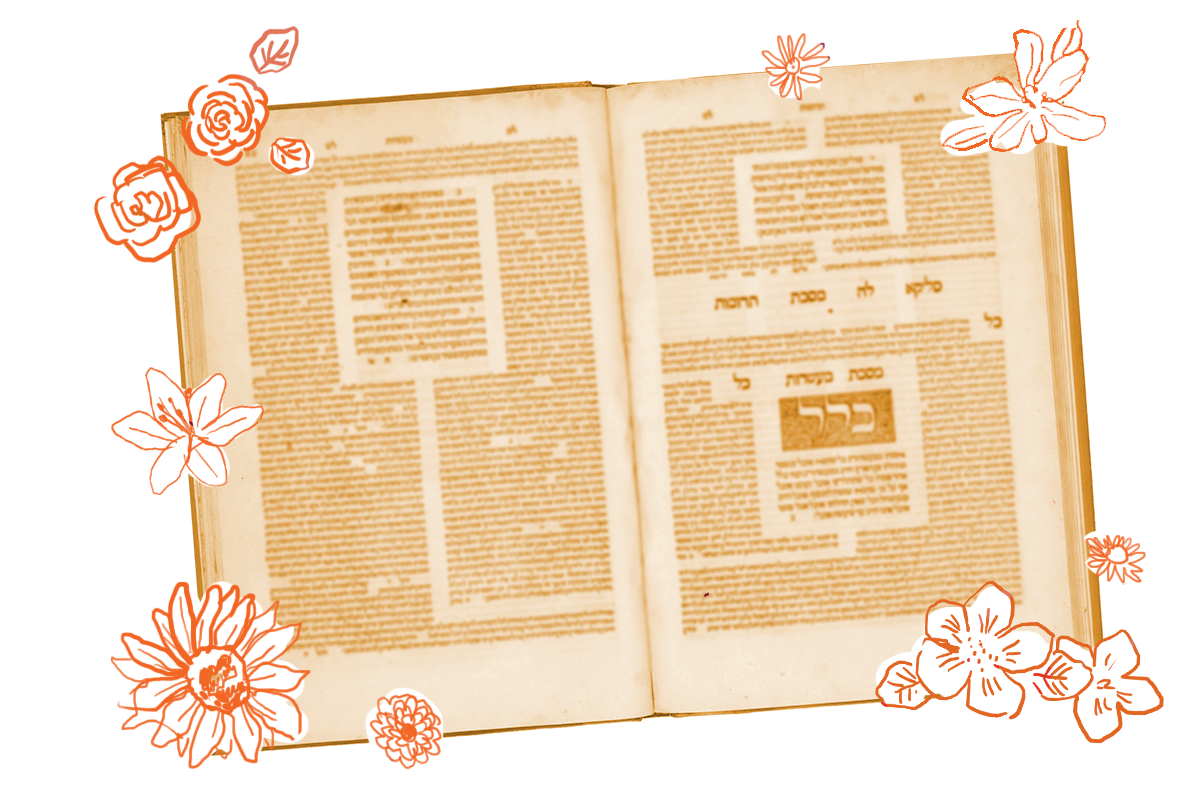Have you ever gotten a sunburn on a cloudy day? If so, it might be because sunlight that shines through clouds can be more harmful than direct sunlight.
This unlikely truth is one of a series related on today’s daf in a long list of associative teachings. Why are the rabbis discussing sunlight in the first place? Because they are trying to determine how to ascertain when the day begins. Apparently, one time the Temple priests got it wrong and accidentally made a sacrifice before it was time to do so. Later we learn that this happened on, of all days, the holiest day of the year, Yom Kippur.
This happened because someone confused moon rays for sun rays. And the rabbis realized that the person who confused them might not have understood the way that moon rays and sun rays differed in quality. So, they decide to share all kinds of other life lessons that might also sound counterintuitive.
First, we learn that sun rays that are obscured by clouds are more powerful than direct sunlight. This is then compared to a partially sealed jar of vinegar which smells more odorous than vinegar that is left out, just as a drip of water is more of a nuisance than total immersion in water.

Help us keep Jewish knowledge accessible to millions of people around the world.
Your donation to My Jewish Learning fuels endless journeys of Jewish discovery. With your help, My Jewish Learning can continue to provide nonstop opportunities for learning, connection and growth.
Then we learn that thoughts of transgression are actually worse than the transgression itself in the same way that the odor of meat sparks appetite stronger than consuming the meat itself.
From there, the rabbis tell us the end of summer is more oppressive than summer itself, just as an oven that is heated repeatedly is more intense than an oven that is heated once. And that a fever in winter is more intense than in summer just as heating a cold oven requires more intensity than heating a hot oven. Returning to forgotten material is more difficult than learning new material, just as crushing and mixing new mortar from old mortar is harder than making new mortar from scratch.
Why are all these lessons piled up on this page? The Talmud was not only a place for the rabbis to explore the finer details of the law, but also a place to contemplate how the law interacts with the natural world around them, a place to record life lessons with future generations that would endure throughout time.
We usually only learn unlikely truths through experience. But this page reads like a textbook of principles of the way the world works.
What truths might you like to pass on to the next generation? Maybe it’s to always have multiple backups of important data. Or to never back a car up more than absolutely necessary to reduce risk. Or that writing a sermon will take as much time as you give it because you only abandon your work and never actually complete it.
So cheers to the rabbis who shared the knowledge of their time with us. We are better for it.
Read all of Yoma 29 on Sefaria.
This piece originally appeared in a My Jewish Learning Daf Yomi email newsletter sent on May 10th, 2021. If you are interested in receiving the newsletter, sign up here.



